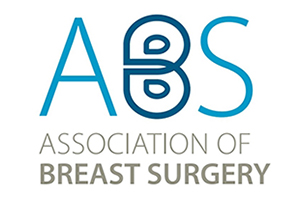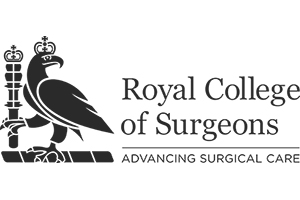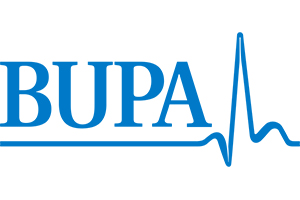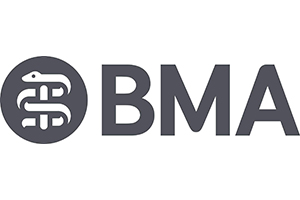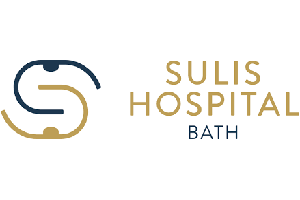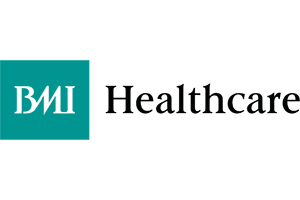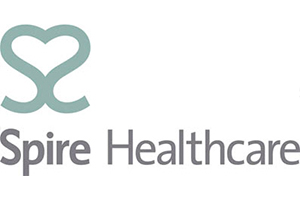SURGERY FOR DEVELOPMENTAL BREAST ASYMMETRY
During normal development in our teens and early adult years, we will ALL of us have minor differences between one half of our body and the other. This may be seen as differences in foot size, eye colour or breast size or shape, and are completely normal and common amongst our friends, social groups and the wider adult population.
Occasionally during breast development, differences between the left and right breast may be more pronounced than expected. Although this will not cause any harm to a young woman’s physical health, it may cause considerable problems to her psychological health and wellbeing, potentially affecting her body image, self-esteem and self-confidence during these important years. It may also mean that she finds it difficult to get clothing to fit comfortably, limit her choice of clothing or sportswear, or make her reluctant to undertake sporting activities or feel comfortable in swimwear.
Some patients may benefit from undergoing surgery to reduce the differences between their breast size and shape, using the techniques discussed in other areas of this website including breast augmentation, breast reduction or breast uplift surgery (mastopexy).
As with all types of cosmetic surgery, the decision to undertake such an operation must not be rushed, as many small degrees of breast asymmetry may correct themselves during normal development in our teenage and young adult years. Similarly, where it is clear that such differences will not change without surgical intervention, it is important that patients have all the information and time they need to balance the advantages and disadvantages of any intervention. It is likely that any decisions taken at this point in a young woman’s life may well continue to need to be considered for many years after their surgery.
I am very happy to meet with patients who may have concerns about breast asymmetry, either for assessment or to discuss what their options may be with regards to surgical intervention.
CORRECTION OF NIPPLE INVERSION
Nipple inversion is common, and for many patients will not cause them problems with their general health, but it may cause some patients anxiety or concern about the physical appearance particularly if it develops after their nipple had not previously been inverted. Most of the time it will occur due to benign (non-cancerous) causes, but occasionally may be a sign of an underlying breast cancer and require further investigation.
THE PROCEDURE
This can be done with the patient either asleep under a general anaesthetic or sometimes awake under local anaesthetic. We can discuss which technique might best suit you in your pre-operative consultations. An incision is made around the outside of the lower half of the areolar skin, and the areolar lifted gently off the breast tissue to the point of the nipple. The inverted nipple tissue is then “released” from the surrounding breast tissue, and gently everted giving a prominence to the nipple. A stitch can then be placed at the base of the inside of the nipple mound to try and maintain this correction, and the external wound closed with a dissolvable suture and dressed with surgical glue.
WHAT IS THE RECOVERY TIME?
This is not an operation which will make you feel ill or unwell, but will require some regular painkilling tablets for approximately three to five days after surgery. I would recommend that you wear a supportive sports bra for two or three weeks after surgery as any swelling settles. It is important that you avoid any strenuous lifting or exercise for four weeks after surgery to do all you can to minimise potential problems with wound healing or infection, and although showering is fine immediately after surgery, swimming and bathing should be avoided for approximately four weeks.
ARE THERE ANY RISKS / COMPLICATIONS?
Nipple eversion surgery is a generally safe procedure, however, all surgery carries an element of risk. The risks can include:
Delayed wound healing or wound infection. This may require additional time in clinic for wound checks or antibiotics.
Numbness to the nipple and areolar skin, which may include loss of erogenous sensation.
Problems with blood supply to the nipple, with potential loss of part (or rarely all) of the nipple.
Re-inversion of the nipple or loss of nipple height after correction.
Discussion with Jamie is important to answer any questions that you may have. For information about any additional conditions not featured within the site, please contact us for more information.



